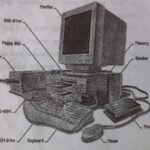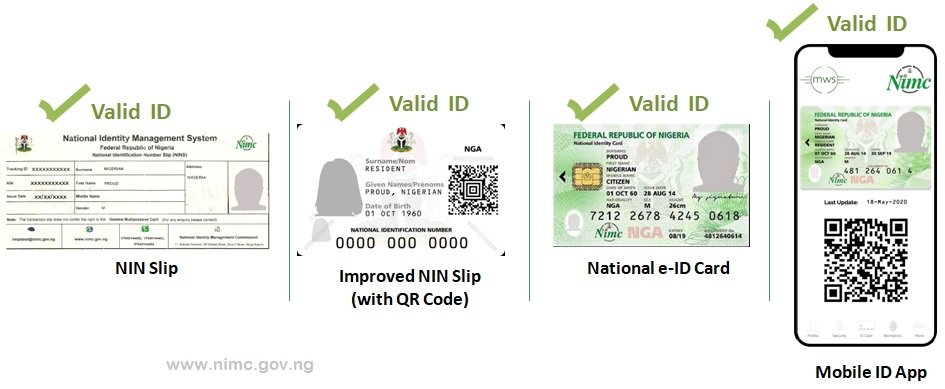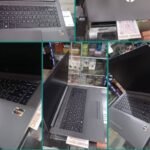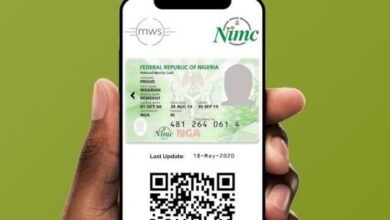Technology
The history of computer development can also be divided into two centuries (pre-computer age to 19th century & 20th century to date).

Sponsored Links
Pre-computer age to 19th century.
The first computers were people. “Computer” was originally a job title, it was used to describe those human beings whose job was to perform the repetitive calculations required to compute such things at navigational tables, tide charts and planetary positions for astronomical almanacs. Electronic computers and the earlier mechanical computers were given this name because they performed the work that had previously been assigned to people.
- The Abacus – This was an early aid for mathematical computations, such addition and subtraction.
- Slide Rule – Developed by NASA engineers in England 🏴 in 1932.
- Napier’s Bones – In 1967 an eccentric Scotsman named John Napier invented logarithms, a technology that allows multiplication ✖ to be performed through addition ➕.
- Pascaline – In 1642 Blaise Pascal invented the Pascaline as an aid for his father who was a tax collector and it could only add.
- Leibntiz Multiplier – a German, Gottfried Wilhelm Leibntiz managed to build a four-function (addition, division, multiplication and subtraction) he called it stepped reckoner. It is first to advocate use of the binary numbers system which is fundamental to the operation of modern computer.
- Difference Engine – In 1822 an English mathematician Charles Babbage was proposing a steam driven calculating machine as size as a room. It would be able to compute tables of numbers, such as logarithm table.
- Analytical Machine – In 1833 Babbage designed a machine called an “Analytical Engine”, it is as large as a house, powered by 6 steam engines, more general purpose in nature and programmable due to the punched card technology of Lacquard. It has two parts, the store and the mill, it is used in the weaving industry.
- Hollerith Census Machine – it consisted of a card reader which senses the holes in the cards, a gear driven mechanism which could count and a large wall of dial indicators to display the result of the count. It is used for census in 1890 in America 🇺🇸.
- Burrough’s Machine – In 1885 William Seward Birrough from the American Arithmometer Company invented this mechanical adding machine. It has keypads, lever, registers and printer. It is used for scientific, engineering and other calculations requiring multiplication and division ➗ of long numbers.
20th century to date.
- Electronic Numerical Integrator and Calculator (ENIAC).
- Electronic Discrete Variable Automatic Computer (EDVAC).
- Universal Automatic Computer (UNIVAC).
- Personal Computer (PC).
- Laptop and Notebooks.
- Palm Top Computer.








